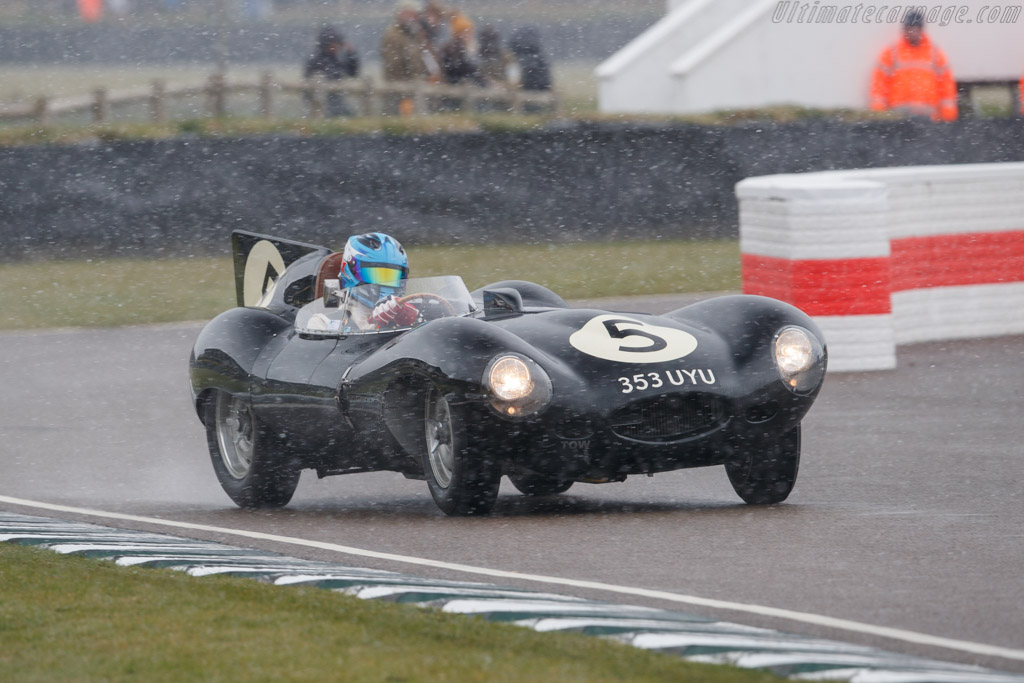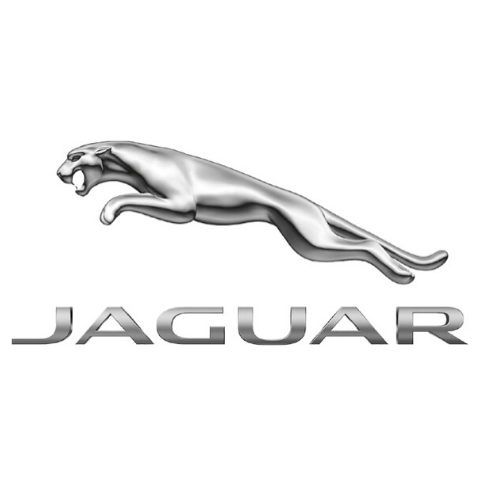1956 Jaguar D-Type

The descriptions of the Classic Cars in the Directory were partly generated or supplemented with the help of artificial intelligence (AI). The content may occasionally not always be entirely accurate or factually correct despite careful checking.
The Jaguar D-Type 1956 is a true masterpiece of automotive engineering, boasting a sleek and aerodynamic design that was ahead of its time. This iconic sports car was first introduced in 1954, and quickly rose to fame thanks to its remarkable performance on the track.
Under the hood of the D-Type lies a 3.4-liter inline-six engine, which is capable of producing up to 250 horsepower. This impressive powertrain is mated to a four-speed manual transmission, which allows for smooth and precise gear changes at any speed.
One of the most significant technical features of the Jaguar D-Type is its advanced suspension system. This car was one of the first to feature an independent rear suspension, which allowed for much greater handling and stability than was typically seen in sports cars of the era. In addition, the D-Type also featured disc brakes on all four wheels, making it one of the first cars of its kind to do so.
The body of the Jaguar D-Type is constructed from lightweight materials such as aluminum and magnesium, which not only helps to reduce weight but also improves aerodynamics. The car's sleek and curvy design was inspired by aircraft technology, with a long and low front end that slopes gracefully towards the back.
Other notable technical features of the Jaguar D-Type include its twin-cam engine, which features a unique hemispherical combustion chamber that allows for better fuel efficiency and increased power output. Additionally, the car's steering is incredibly precise and responsive, allowing for agile handling and easy maneuverability at high speeds.
Overall, the Jaguar D-Type 1956 is a true masterpiece of automotive engineering, featuring a host of advanced technical features that were ahead of their time. Its sleek and aerodynamic body, powerful engine, and advanced suspension system make it one of the most iconic sports cars of all time.
Milestones
- January 1956: Jaguar D-Type unveils its advanced aerodynamic body shape for racing purposes. - June 1956: Jaguar D-Type wins its third consecutive victory in the legendary 24 Hours of Le Mans endurance race. - August 1956: Jaguar D-Type breaks the 190 mph barrier, making it one of the fastest cars of its time. - October 1956: The last of the 71 Jaguar D-Types is produced, bringing an end to an iconic era of British sports car racing. - November 1956: The Jaguar D-Type is named "Sports Car of the Year" by Road & Track magazine in the US. - February 1957: The Jaguar D-Type is officially retired from racing, after proving itself as one of the most successful and dominant racing cars in history. - March 1957: The Jaguar D-Type is sold to private collectors and racing teams, becoming a highly sought-after and rare commodity among sports car enthusiasts.Technical
- Engine: 3.4-liter DOHC straight-six - Power output: 245 horsepower at 6,250 rpm - Transmission: Four-speed manual - Top speed: 172 mph - Acceleration: 0-60 mph in 4.7 seconds - Braking distance: 125 mph to standstill in under 400 feet - Chassis: Aluminum body mounted on a tubular steel frame - Suspension: Independent front and rear suspension with coil springs and shock absorbers - Brakes: Disc brakes all around - Fuel capacity: 21 gallons - Weight: 2,400 pounds - Le Mans-winning car in 1955, 1956, and 1957.